
The Middle East and North Africa are burning in fires of war. Hundreds of thousands of people have been killed; millions of people displaced, and unspeakable destruction and misery has been inflicted on the region and its people. The sectarian war, raging from Libya to Iraq, is pitting radical Sunnis against Shiites, bringing political Islam to the fore, given way to strange bedfellows, and creating alliances unthinkable just a few years ago. In many ways no country has higher stakes in the outcome of these Middle Eastern wars than the Islamic Republic of Iran (IRI).
Despite the fact it was General Muhammad Zia-ul-Hagh of Pakistan who declared the world’s first “Islamic Republic” when he toppled the democratically-elected government of Prime Minister Zolfikar Ali Bhutto in 1977, Iran and its 1979 Islamic Revolution is considered to be the main cause for the rise of political Islam. Zia-ul-Hagh wrote Sharia law into the Pakistani constitution and gave Muslim radicals in the military a free hand to make Pakistan a nuclear power and the primary benefactor to the Taliban in Afghanistan.
Since its inception, the Islamic Republic of Iran has advocated theocracies for other nations in the region, even though its own has failed. During Iran’s eight-year war with Iraq, the Islamic Republic’s zeal for advocating religious political systems abated, but once it had recovered from the war it resumed its advocacy.
However the Islamic Republic is no longer the most forceful advocate of theocracy or political Islam in the Middle East – the label now belongs to the radical Islamic State in Iraq and Syria (ISIS), one of the Shiites’ deadly enemies. This turn of events has forced Iran to pursue a more pragmatic foreign policy. How has this come about?
Right before the 9/11 terrorist attacks, Prince Bandar bin Sultan, the former Saudi ambassador to Washington and a former head of the Saudi intelligence, told Sir Richard Dearlove, the head of the British Secret Intelligence Service, MI6, "The time is not far off in the Middle East, when it will literally be 'God help the Shia.' More than a billion Sunnis have simply had enough of them."
Radicals in Tehran felt invigorated after two of their most powerful enemies, the Taliban in Afghanistan and Saddam Hussein’s regime in Iraq, were overthrown by the United States, bringing in a friendly regime in the former and Shiite allies in the latter. These developments gave rise to what King Abdullah of Jordan in 2004 called the “Shiite Crescent,” extending from Bahrain to Mashhad in northeast Iran, and from there to Iraq, Syria and Lebanon, where the Hezbollah are the most powerful political and military organization.
Since then Saudi Arabia has consistently followed a two-pronged policy: cracking down on radical Sunnis at home, whilst arming and supporting Sunnis in the Middle East and Northern Africa so as to counteract the “Crescent.” As former Secretary of State Hillary Rodham Clinton put it in a classified report in 2009 revealed by Wikileaks,“While the Kingdom of Saudi Arabia takes seriously the threat of terrorism within Saudi Arabia, it has been an ongoing challenge to persuade Saudi officials to treat terrorist financing emanating from Saudi Arabia as a strategic priority.... donors in Saudi Arabia constitute the most significant source of funding to Sunni terrorist groups worldwide.....Saudi Arabia remains a critical financial support base for al-Qa'ida, the Taliban, LeT [Lashkar-e Tayyiba in Pakistan], and other terrorist groups” (emphasis US Department of State).
Al Qaeda also emerged in Iraq in 2004 when it began attacking US forces and the Shiite government in Baghdad. Although the US temporarily put down Al Qaeda when President George W. Bush ordered a “surge” in US forces there in 2007, it re-emerged in Libya when the US and the NATO alliance toppled President Gaddafi in 2011. Abdel-Hakim al-Hasidi, the Libyan rebel leader, admitted that jihadists fighting the US in Iraq – Al Qaeda — were also on the front lines of the battle against Gaddafi's regime.
When the “Arab Spring” began in Syria in 2011, Saudi Arabia and its allies saw an opportunity to weaken both Iran and the “Crescent.” The battled-hardened Al Qaeda, now calling itself ISIS, moved most of its forces to Syria. Thus, what had begun as a struggle between democratic forces, relatively moderate Sunni forces belonging to Syria’s branch of the Muslim Brotherhood and the regime of President Bashar al-Assad had developed into a sectarian Sunni-Shiite war. And what was more, both ISIS and Syria’s branch of Al Qaeda, Jabhat al-Nusra, was being armed and funded in the process. Saudi Arabia and its allies tried to topple the Assad regime and “break the Crescent’s back” but the the Islamic Republic of Iran and Hezbollah, together with Russia and China, aided the Assad regime, and a stalemate ensued.
Meanwhile, the sectarian policies of the Iraqi Prime Minister Nuri al-Maliki had alienated the Sunnis, something ISIS took advantage of when they began an offensive in Iraq in June. Its rapid advances through the country concerned Iran, the United States and its allies.
Alongside supporting Assad’s regime in Syria, Iran’s theocratic regime has also been arming Kurdish forces in Iraq in order to defeat ISIS in Iraq and Syria. Foreign Minister Mohammad Javad Zarif has said the Islamic Republic will even work with the US to defeat ISIS, as long as a diplomatic resolution is reached in nuclear talks between the US and Iran. Iran also supported the Northern Alliance in Afghanistan that overthrew the Taliban when the US and its allies invaded Afghanistan in 2001.
Thus, we see the Islamic Republic of Iran has developed a more pragmatic foreign policy. But there are fissures in this policy: while the Islamic Republic of Iran is inclined to work with secular forces to defeat violent and radical Sunni forces, it continues to advocate religious political systems.
Five centuries ago Europe was entrenched in destructive religious wars between the Catholics and the Protestants. After a long 30 years, the continent finally ended its wars and began the process of separating religion from state. And, although the Middle East of today is not the same as 16th century Europe, its problems have certainly taken on the same religious “angle.” How long will it be until Iran recognizes that unless Islam is separated from the state, its problems and those of the region will persist?
visit the accountability section
In this section of Iran Wire, you can contact the officials and launch your campaign for various problems




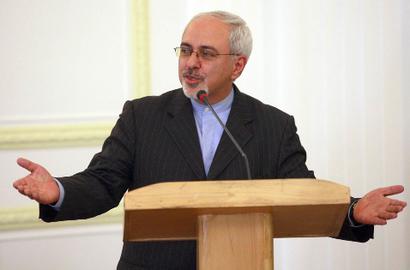



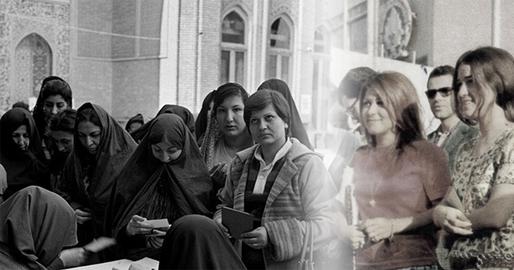

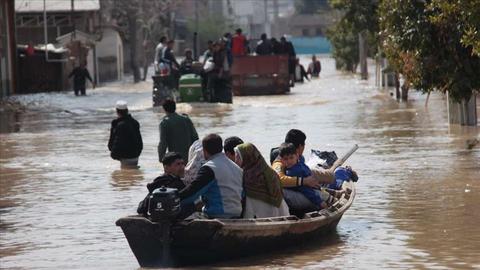
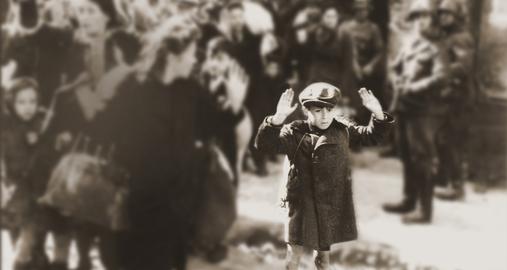
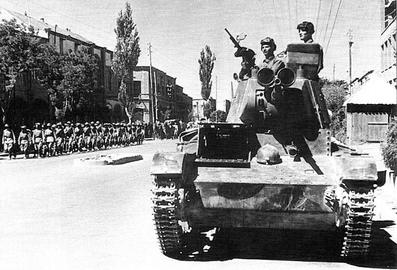
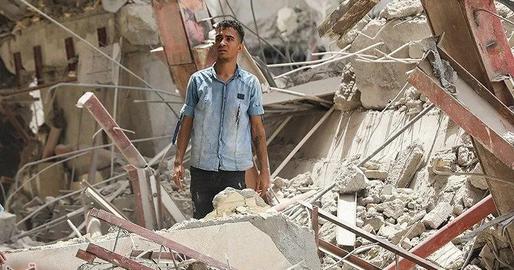





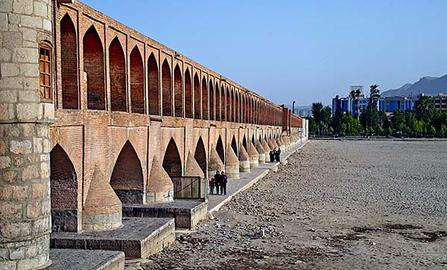
comments